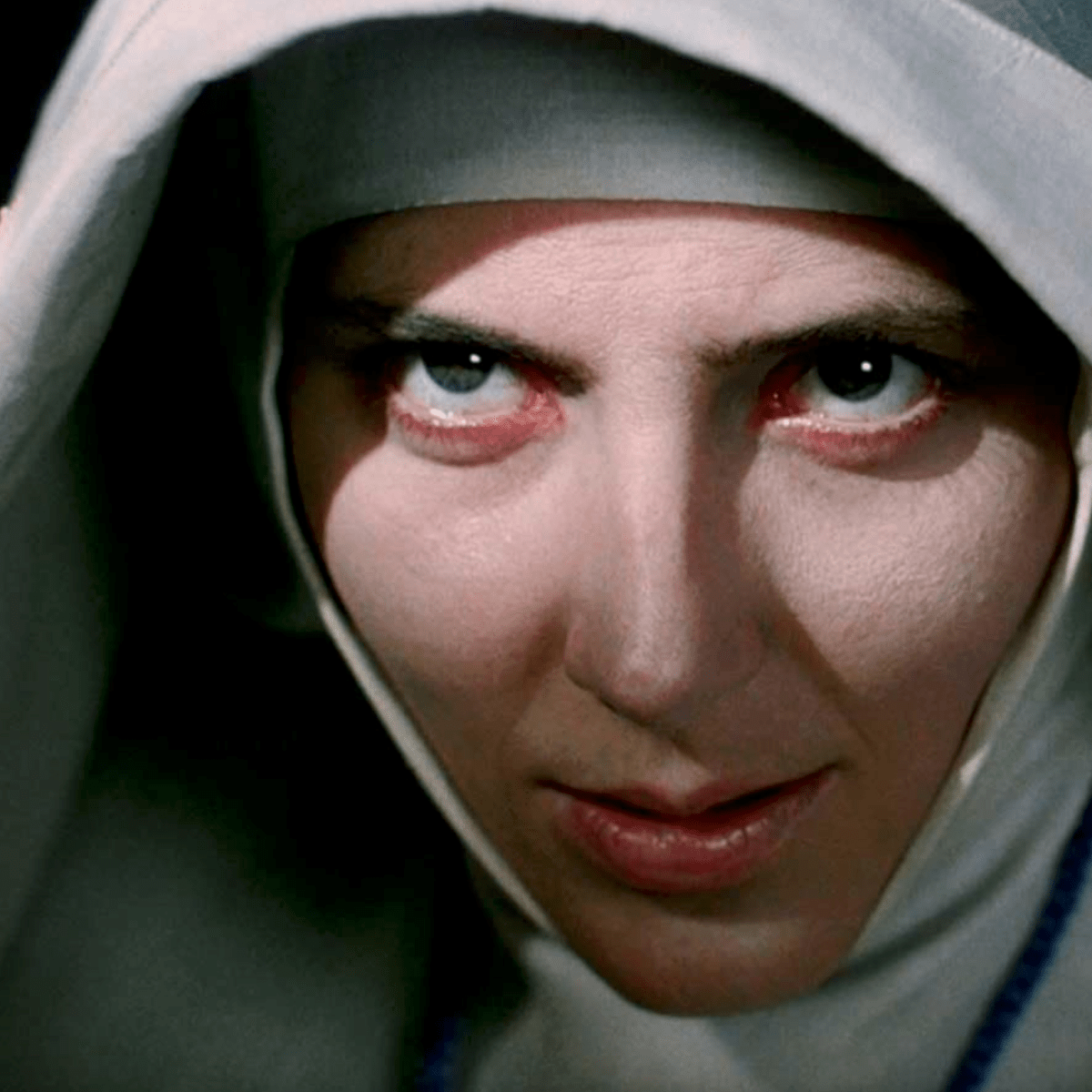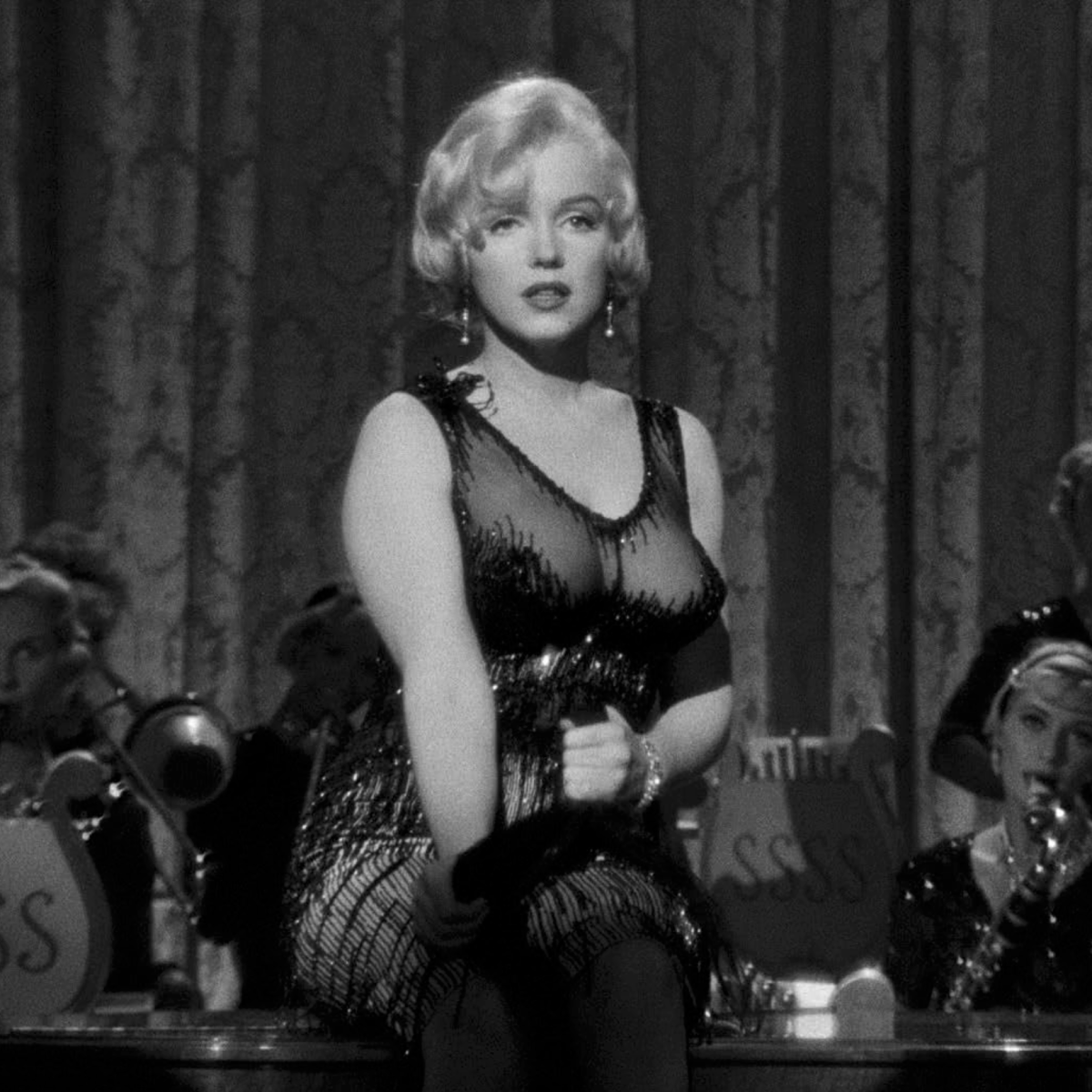Written and reviewed by Larry Gleeson during the annual TCM 31 Days of Oscar
The first time I saw Black Narcissus was the Egyptian Theatre in Hollywood, California, during the TCM Classic Film Festival. Martin Scorsese introduced the film. While introducing the film, Scorsese informed the audience the Egyptian had been recently retrofitted to allow for silver nitrate film stock to be safely screened and tonight’s screening of Black Narcissus would be from a 35mm silver nitrate film reel. It was my first and, as far as I know, the only time I’ve seen a film on 35mm silver nitrate film stock. As most of you probably know, the film industry moved away from the stock as it had the propensity to combust when not stored properly. Nevertheless, the screening was majestic with a vibrant array of grays, deep blacks, and shimmering silver, unparalled in my filmic experience. Technicolor added rich and saturated color palette, as well.
Black Narcissus, adapted from a novel by Rumer Godden, was written, produced and directed by Michael Powell and Emeric Pressburger. The narrative revolves around a group of nuns sent to an old, dilapidated Palace of Nopu to establish a school and a hospital for the natives. Sister Clodagh, young and not considered experienced enough by the Reverend Mother Superior (Nancy Roberts), was selected to be the Sister Superior at Nopu. To accompany Sister Clodagh, the Reverend Mother selected four other nuns: Sister Briony (Judith Furse), picked for her strength; Sister Philippa (Flora Robson), picked for her gardening skills; Sister Honey (Jenny Laird), the most popular nun in the order, picked to help with popularity among the local populace; and Sister Ruth (Kathleen Bryon), who is ill but in need of challenge and a sense of importance.
A voice-over informs the audience of the contents of the letter from the General. The Palace of Nopu is perched on a mountain shelf had been where a General had housed his ladies (harem) and was locally known as the House of the Women. The wind blows constantly. The natives live below. The men are men, the woman are women, and the children are children. In addition, a holy man sits above the palace day and night and the locals revere him with food and drink. A caretaker, Angu Ayah (May Hallatt) lives in the palace by herself imagining what life must have been like in its heyday.
As the nuns arrive and make the palace home, the audience is treated to majestic views of the populace and the stunning vistas. The air is clear and fresh. Soon, however, Sister Briony and Sister Clodagh begin having flashbacks of their lives before taking their vows. Both are troubled by these memories. The tension in the environment is so thick a butter knife could cut through it. There’s tension between the Sisters. There’s tension between Mr. Dean and two of the Sisters. Lastly, Sister Ruth does not renew her vows. What unfolds is a cold and stark reality of the environment. Lessons are learned. Lives are lost.
Nevertheless, the production design (Alfred Junge) of Black Narcissus is magnificent. The mise-en-scen underscores the palace history and helps reveal the narrative. The costuming works in establishing time and place. The Oscar-winning cinematography, by Jack Cardiff ,adds an artistic dimension with various camera angles allowing for power, something awry, god shot perspectives and character emotionality. Continuity editing (Reginald Mills) is evident and used to great effect in more than one scene In addition, Kerr and Bryon turn in stellar performances. Roberts is very convincing as Mother Superior. Meanwhile, Farrar fills the scene with masculinity in his scenes throughout the film. Furse, Robson, and Laird more than hold their own. With a runtime of one hour and forty-one minutes there is nary a dull moment. This is a production that awes! Highly recommended.















